In the last two articles, we understood DevOps from the perspective of [Employee] and [Leader] respectively.
- Understanding DevOps from an employee's perspective
- Understanding DevOps from a Leader's Perspective
If you are a decision maker, how should you understand DevOps?
review
| Role | understand |
|---|---|
| Staff | According to a rule, hold a series of tools and follow a certain process to get the job done. Most employees do not [perceive] or [question] processes or tools. |
| Leader | The makers and implementers of the rules need to specify, change, and evaluate the rules according to the team situation. Leader needs to build team culture, automation, evaluation system, and sharing system according to CAMS and the actual situation of the team. |
Agile, DevOps is just one way
Don't make this mistake:
If you don't do DevOps, you can't be competitive. If you do DevOps, you must be competitive.
For example, if it is a start-up team of 3 to 5 people, DevOps will not directly help them, and they should focus on expanding their business and polishing their products.
In the previous articles, we have been discussing the concepts of Agile and DevOps. From the perspective of decision makers, these are just a way to improve [ company competitiveness ].
Any enterprise can have a better way that suits its own situation and enhance its [ enterprise competitiveness ].
What can DevOps bring to the enterprise?
As a decision maker, you need to understand what DevOps can and cannot bring to your business.
Puppet summarizes the benefits of DevOps into the following four categories, and we link these four categories to the core elements of the enterprise.
From this, it can be seen that DevOps itself will not [ directly improve ] the value of a business or a product. DevOps improves the production efficiency of enterprises, thereby enhancing the competitiveness of enterprises.
DevOps is like an advanced [football youth training system] in Europe. The introduction of this system will not allow us to [immediately] enter the World Cup. However, this is a necessary condition for becoming a [football powerhouse].
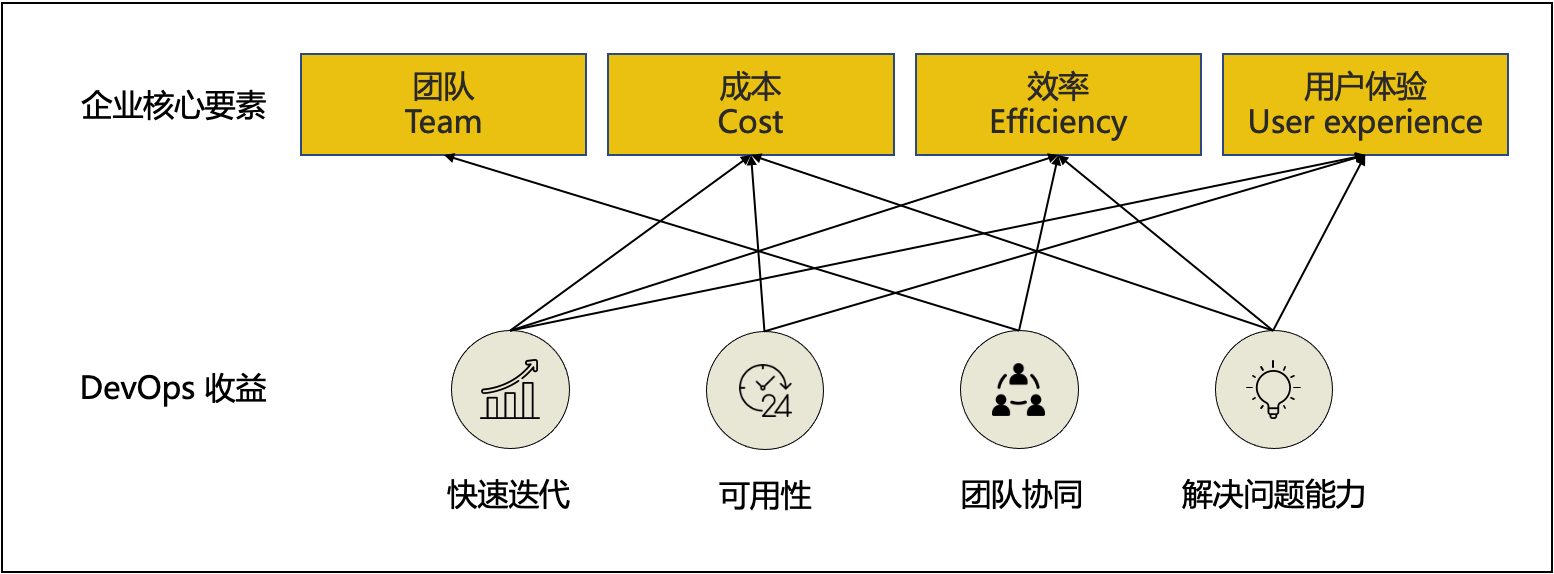
If you want to import, how to do it?
If you want to improve [ company competitiveness ] through DevOps, it is recommended that decision makers make decisions in the following order.
- Judgment timing
- Identify the problem and choose the order of implementation
- Top-down promotion
- Provide resources and adjust the structure
- Evaluate the results, give affirmation
Judge the time - is it time?
To judge whether DevOps should be introduced at present, it can be considered from two aspects: [external] and [internal].
external environment
The ecological development of DevOps is the external environment. Let's take a look at the external situation of DevOps first.
According to the current survey results, the external environment of DevOps is quite mature.
Overall, population, policies, maturity, etc. are all conducive to the promotion of DevOps. In our view, the demographic drive is the focus.
To put it bluntly, the competition for talents will become more and more fierce.
1. Demographic drive - from demographic dividend to engineer red power
The population of the software industry continues to grow, the domestic population is gradually showing a downward trend, and the demographic dividend of the software industry is gradually disappearing.
By 2030, developers around the world are expected to exceed 45 million.
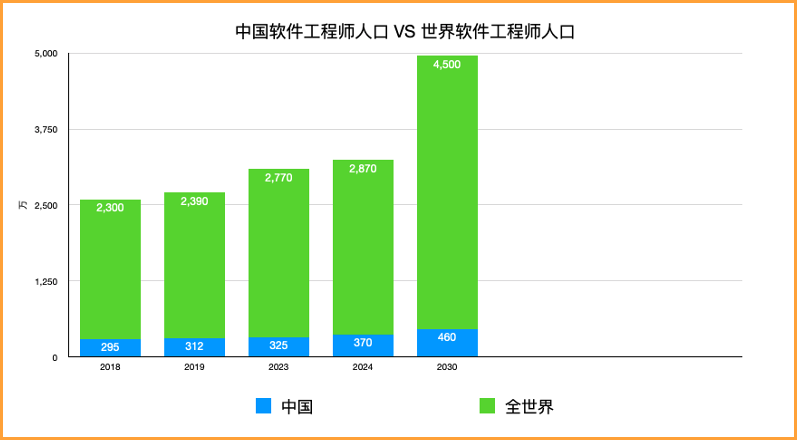
By 2025, the population of the domestic software industry is expected to exceed 9 million.

According to the National Bureau of Population Statistics, the country is now facing the trend of an aging population.
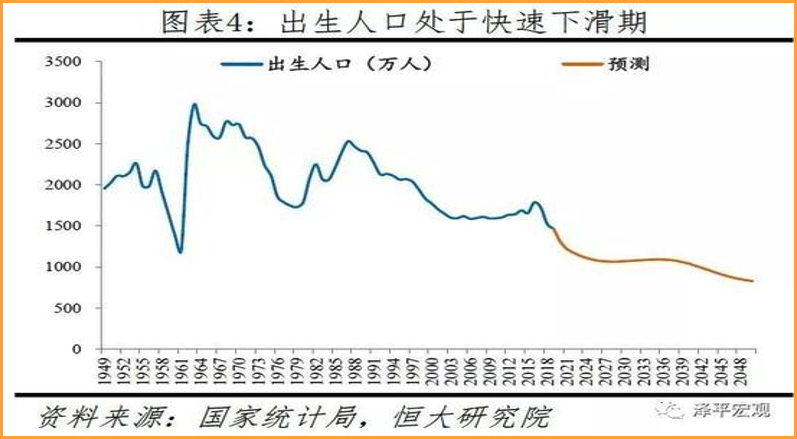
2. Industry-driven - The software industry continues to grow
The software industry will continue to grow, which will drive DevOps to grow with it.
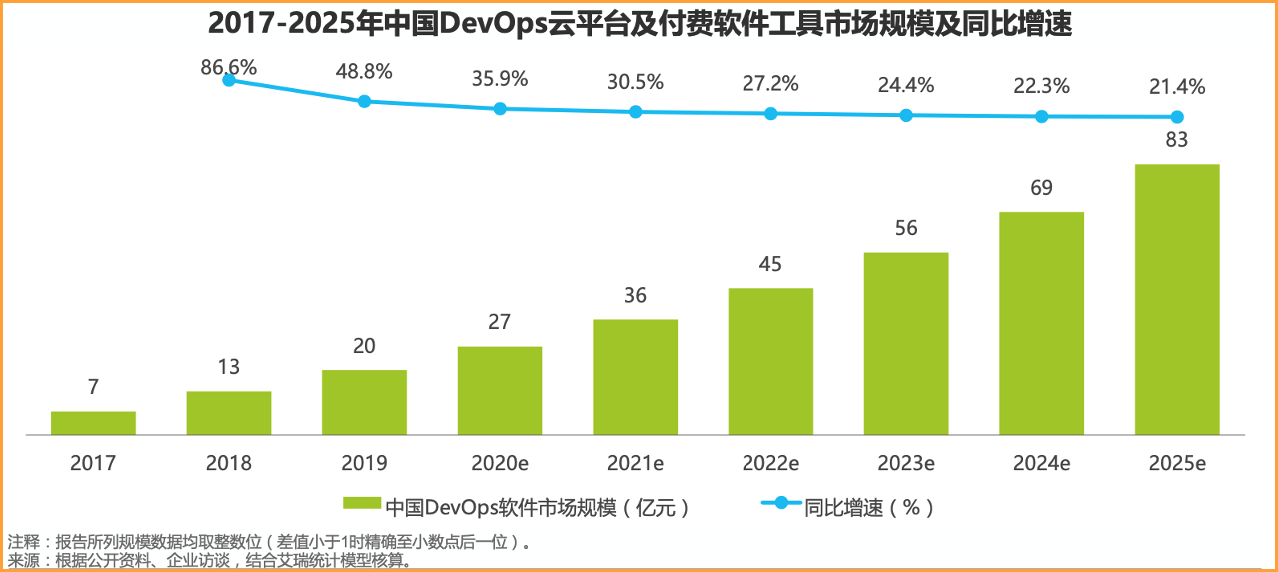
3. Technology driven – cloud native, container technology promotion
With the popularity of containers and cloud, DevOps development has also been gradually developed.
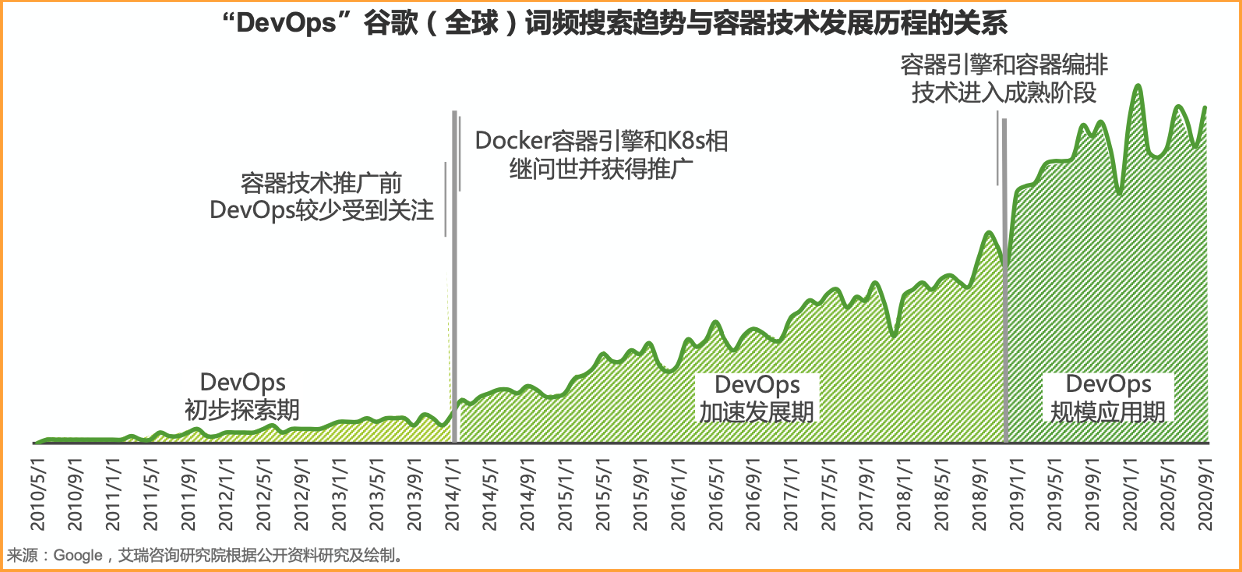
4. Policy-driven – establishment of domestic industry standards
In April 2018, the DevOps standard project "R&D and Operation Integration Capability Maturity Model" was successfully established in the China Communications Standards Association.
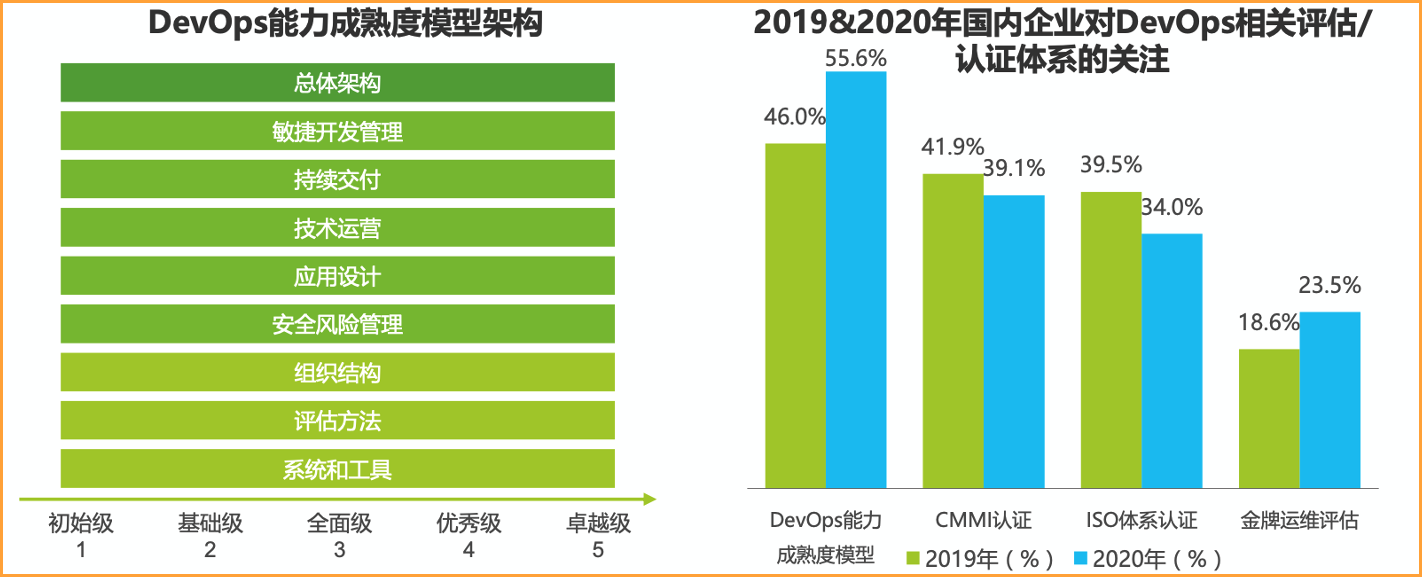
5. Ecological Drive – Open Source Community
The continuous enrichment and development of the open source ecosystem provides development and operation and maintenance engineers with a variety of tools to choose from, and builds a rich resource pool for DevOps.
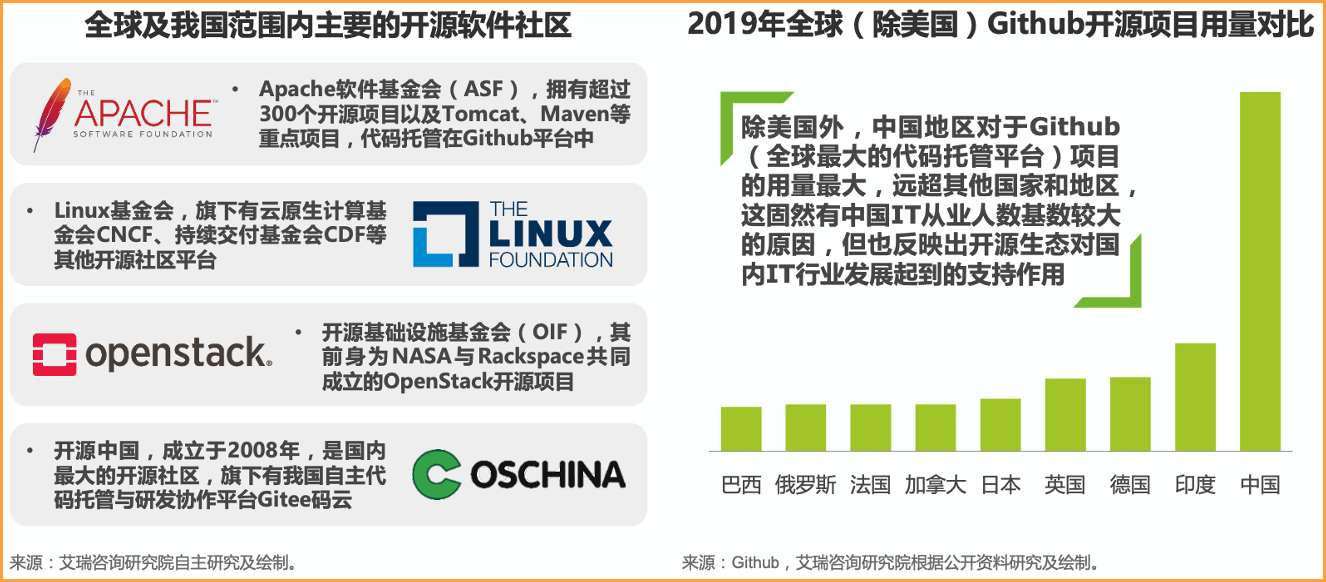
internal environment
To judge the internal environment, decision makers can consider the following aspects. If more than 1/3 of the situation has occurred within the enterprise, decision makers should start to consider DevOps.
personnel
- [x] Ineffective recruitment.
- [x] Employees leave frequently, and the capabilities of new and old employees are stagnant.
- [x] Employees work overtime frequently and business progress is poor.
- [x] Involution occurs between teams, competing with each other and wasting human resources.
- [x] The promotion ratio of internal backbone is low.
product
- [x] Product innovation stalled and business expansion was slow.
- [x] The product automation line is missing, and accidents occur frequently.
- [x] Internal product homogenization occurs.
- [x] Product costs remain high.
evaluate
- [x] Lack of technology/business sharing mechanism within the enterprise.
- [x] The internal evaluation mechanism of the enterprise is chaotic.
culture
- [x] The corporate culture cannot be implemented into the work.
Identify the problem and choose the order of implementation
With the judgment of the internal environment, there will be problems. However, solving single-point problems is never what policy makers want to see.
Moreover, which problem to solve first, it seems that it is [correct], and it is difficult to judge.
We can choose the order of implementation starting from the core of the enterprise/product. For example, if the enterprise needs to improve the efficiency of product iteration, then the preferred order should be [automation] and [assessment] system construction.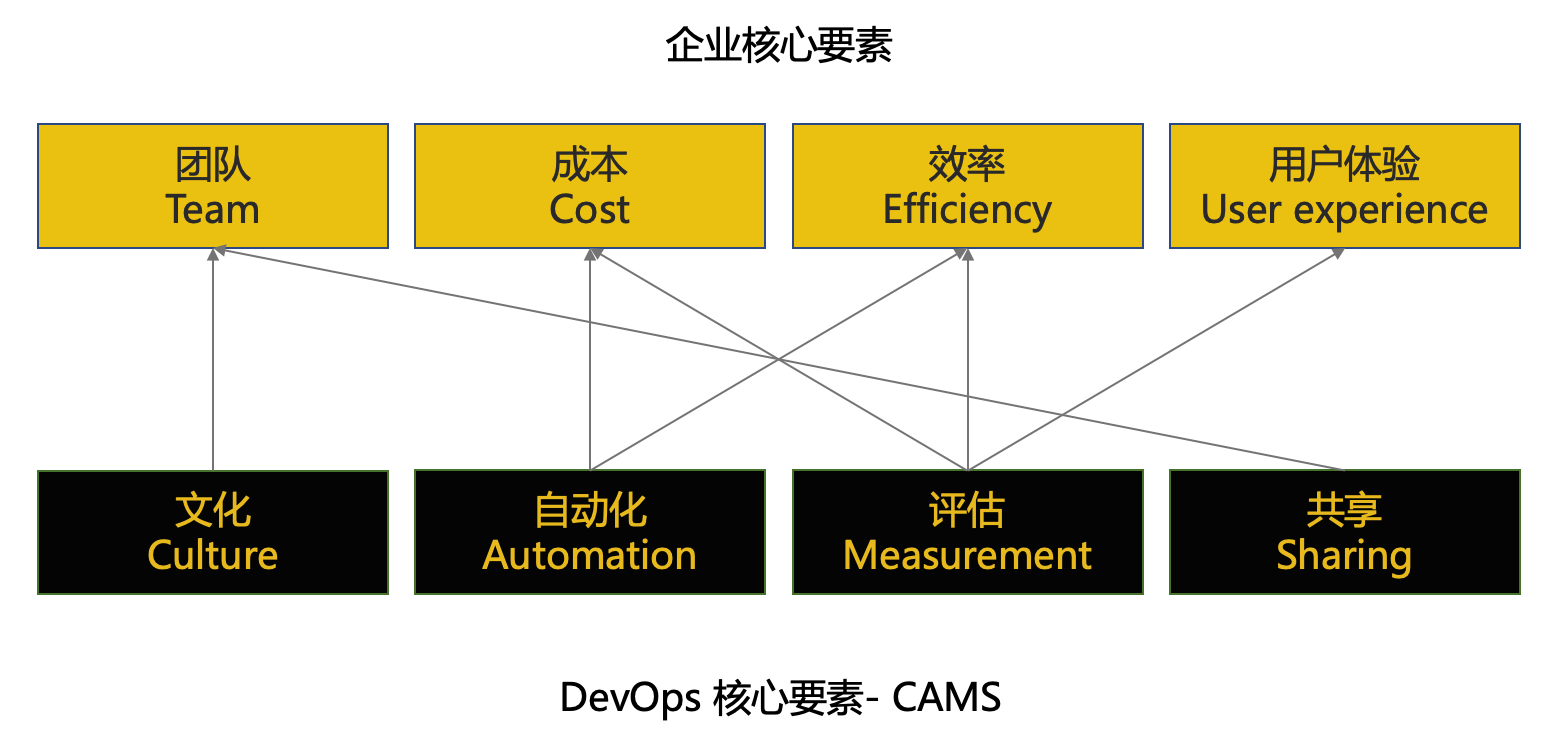
Top-Down Promotion - Makes or breaks DevOps
We have identified the problem points, the order of implementation, and then must be promoted from top to bottom [strongly]. It is difficult for employees to appreciate the value of such a project.
The result will be [perfunctory]. Because, employees think that it is difficult to get the opportunity of [promotion] from it.
In the process of promotion, there will also be various resistances, and only a clear [decree] can make the promotion go smoothly.
Amazon mandated a microservices architecture in 2002, after CEO Jeff Bezos sent an email to everyone.
The core sentence: Anyone who doesn't do this will be fired.
The Bezos API Mandate: Amazon’s Manifesto For Externalization
Provide resources and adjust the structure
provide resources
With a plan, providing resources is certainly essential. At present, there are many open source & paid Agile and DevOps related products and solutions at home and abroad. We will cover it in a later article.
Here, we only give suggestions for selection (of course, if you introduce DevOps products for the purpose of attracting investment, it will be another matter).
- Don't buy all the functions of the one-stop platform in one go, you can't use it.
- Choose cloud-native, K8S-native products.
- Try to choose products with an open source foundation.
- Don't let the introduction of DevOps products get stuck on the neck of technology upgrades.
- Product + manual + training is a must.
- Listen to employee experience and word of mouth before deciding.
Adjust the structure
The next work is to adjust the structure accordingly. For teams unfamiliar with DevOps, there must be several roles in the company.
If there are no following roles in the enterprise, it is almost impossible to promote DevOps, and only rely on the products of third-party companies [will not achieve] the purpose.
- DevOps communicator team : Only a team or individual needs to continuously innovate the business and set a benchmark before it can be imitated.
- Automation Architect : A person/team who can automate the architectural design of processes, tests, etc., based on business attributes.
- R&D + Test Engineer : Every R&D/Test has to be transformed gradually.
- Quality + safety assessment team : preferably composed of R&D personnel.
- Practical Tools Evaluation Team : Evaluators of new technologies, new tools.
Evaluate the results, give affirmation
According to Atlassian's assessment, the period for overseas enterprises to adopt DevOps is one year , so decision makers should have psychological expectations for the time period.
Leaders of each team need to report the progress of DevOps based on actual data. To give a few examples:
- Deployment Build Automation Percentage
- Test Automation Percentage
- Blocking time & Waiting time percentage
- User feedback on the product
In addition, it is very important to give recognition to the team/employee who [doing DevOps], otherwise, no one will be willing to do things that [the boss does not approve].
Summarize
We analyze the role of decision makers in DevOps rollout from a macro perspective.
Looking back at our two previous articles, employees, leaders, and decision makers should jointly invest in DevOps, otherwise, it will only be a face project.
| Role | understand |
|---|---|
| decision maker | The person at the helm of the direction should determine the implementation sequence, provide resources, adjust the structure, and give evaluation and affirmation according to the situation of the enterprise. |
| Leader | The makers and implementers of the rules need to specify, change, and evaluate the rules according to the team situation. Leader needs to build team culture, automation, evaluation system, and sharing system according to CAMS and the actual situation of the team. |
| Staff | According to a rule, hold a series of tools, complete the work according to a certain process, actively accept changes, and improve personal capabilities. |
We'll dive into the details of DevOps in a follow-up article.